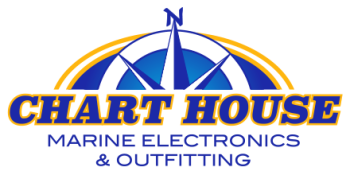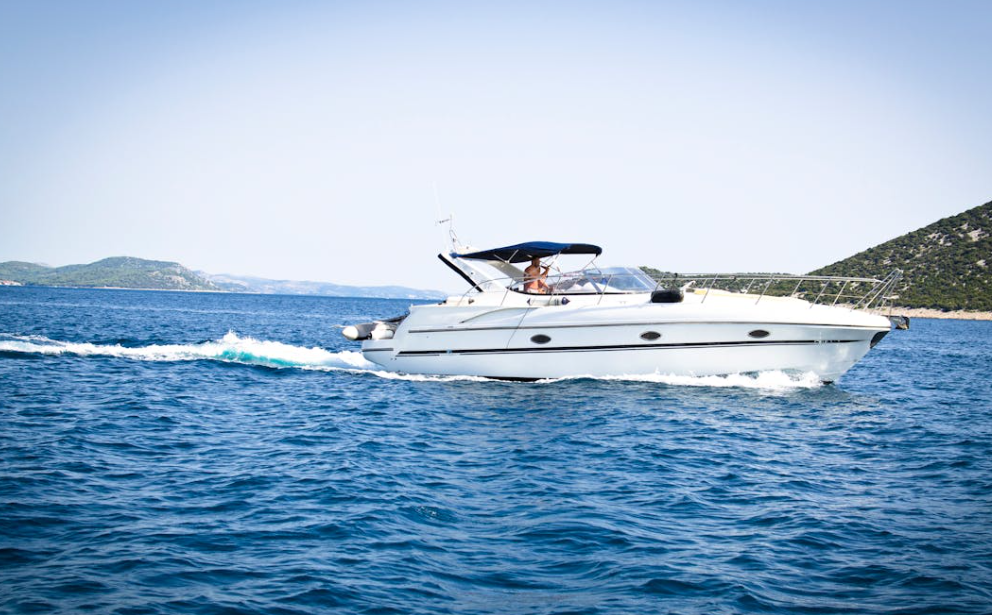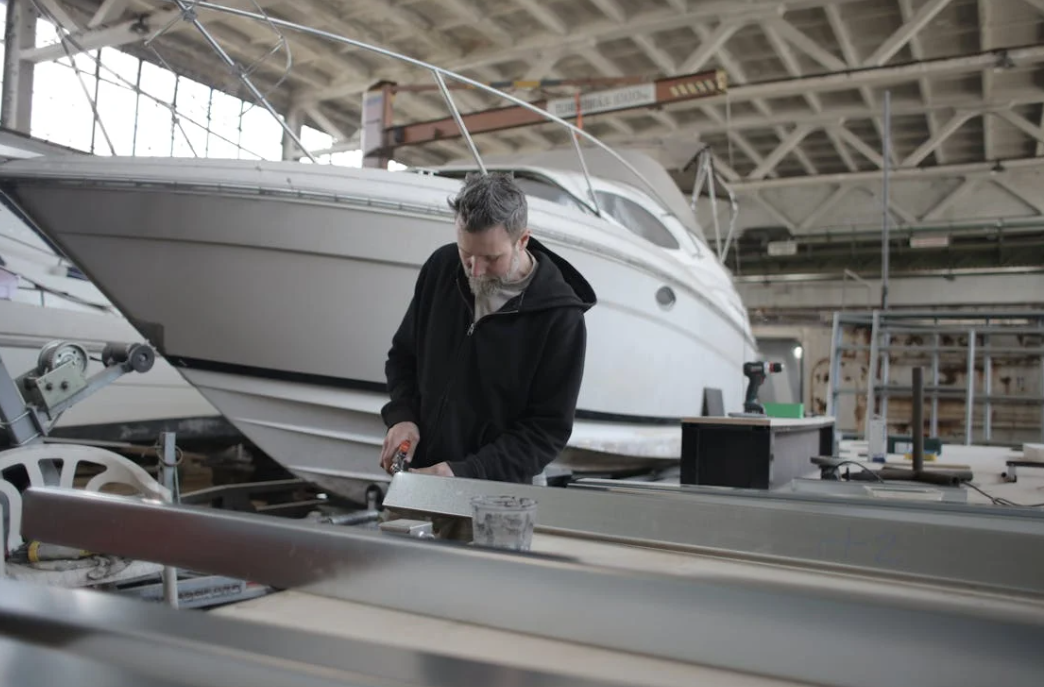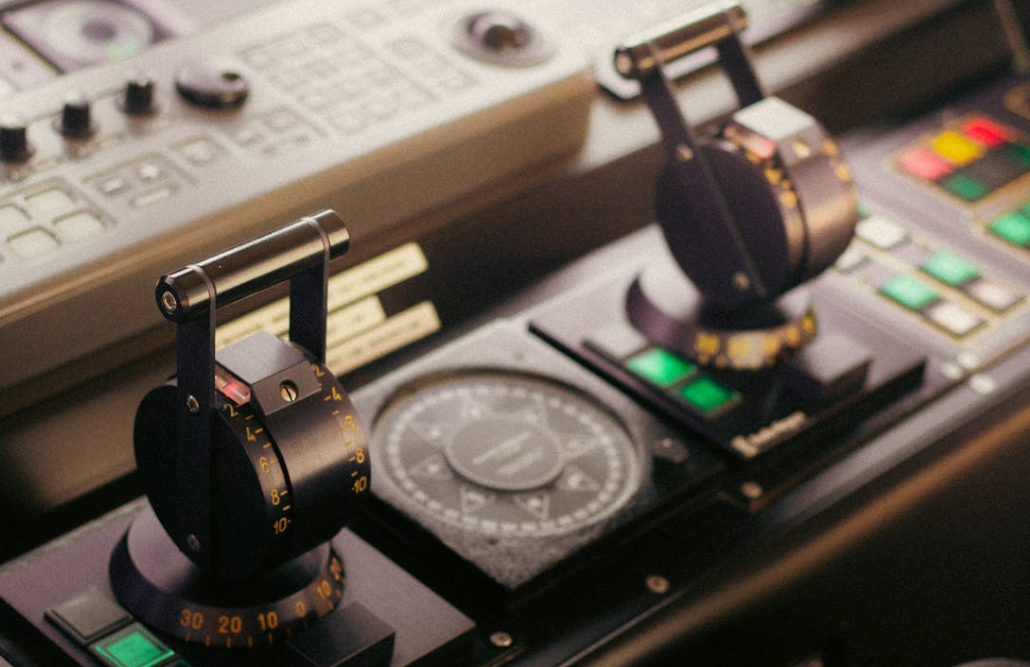Navigating coastal waters can be a thrilling adventure, but it also requires careful planning and the right tools. Coastal areas are often more challenging to navigate due to varying water depths, tides, and the presence of other boats or underwater obstacles. Understanding how to read navigation charts and maps is essential for anyone venturing into these waters. These charts provide valuable information on water depths, landmarks, and potential hazards, ensuring we can plot a safe and efficient course.
Having the right navigation tools on board is equally important. Tools such as GPS devices, compasses, and depth finders can significantly enhance our ability to navigate coastal waters effectively. These instruments help us stay on course, avoid obstacles, and respond quickly to changing conditions.
In addition to traditional tools, modern technology offers advanced navigation solutions. With the integration of electronic maps and real-time data, our ability to navigate safely and efficiently has never been better. By combining an understanding of navigation charts with the best tools and technology, we can make our coastal adventures both safe and enjoyable.
Understanding Coastal Navigation Charts and Maps
Coastal navigation charts and maps are detailed representations of coastal waters that provide essential information for safe boating. These charts include data on water depths, underwater hazards, tidal patterns, and landmarks. They help us understand the layout of the sea floor and anticipate any obstacles or shallow areas. Knowing how to read these charts is vital for plotting a safe course through coastal waters.
When we look at a navigation chart, we can see symbols and numbers that indicate the depth of the water at various points. Areas with darker shading usually represent shallower waters, while lighter shades denote deeper areas. Recognizing and interpreting these symbols helps us avoid grounding our boat in shallow waters. Additionally, charts often highlight critical navigation aids such as buoys, beacons, and lighthouses, which are essential for maintaining our course and ensuring safety, especially in low visibility conditions.
Must-Have Navigation Tools for Coastal Waters
Navigating coastal waters requires more than just understanding charts; we also need reliable navigation tools to aid us on our journey. One of the most critical tools is a GPS device. A GPS provides real-time positioning and helps us track our progress on the water. It can guide us to our destination accurately and is particularly useful in unfamiliar waters.
Another essential tool is a compass. While GPS technology is highly reliable, having a compass on hand ensures we can still find our way even if electronic systems fail. A depth finder is also crucial, as it measures the depth of the water beneath our boat, helping us avoid shallow areas and underwater hazards. Pairing a depth finder with a fish finder can also be beneficial for those interested in fishing, providing both navigation and fishing advantages.
Additionally, marine VHF radios are indispensable for communication. They allow us to communicate with other boats, marinas, and emergency services. This tool is vital for ensuring safety and staying updated on weather conditions. With these must-have navigation tools, we can confidently and safely explore coastal waters, knowing we are well-equipped for any situation.
Understanding Coastal Navigation Charts and Maps
Coastal navigation charts and maps are fundamental tools that help us safely navigate through coastal waters. These charts provide detailed information about the coastline, including water depths, underwater hazards, and navigational aids like buoys and beacons. By using these charts, we can plot our course accurately, avoid dangerous areas, and ensure a smooth and safe journey.
Reading coastal navigation charts requires some basic understanding of map symbols and terminology. Depth contours, indicated by lines, show how deep the water is at various points, which helps us avoid shallow areas that could damage our boat. Nautical charts also mark shipping lanes, anchorages, and restricted areas, guiding us through busy or sensitive zones. By practicing how to read these charts, we can enhance our navigation skills and make our boating experiences safer and more enjoyable.
Must-Have Navigation Tools for Coastal Waters
Several essential navigation tools can make our coastal boating trips more manageable and secure. Here’s a list of must-have tools:
1. Marine GPS: A reliable GPS unit helps us determine our exact location and navigate to our destination efficiently. It also allows us to save waypoints and routes for future use.
2. Compass: A good-quality compass is essential for backup navigation. It helps us stay on course if electronic systems fail.
3. Nautical Charts: Detailed paper or digital charts are crucial for understanding the layout of the coastal area we are navigating. They provide information on water depths, hazards, and safe passages.
4. Depth Finder: This tool helps us avoid grounding by showing the depth of the water beneath our boat.
5. Radar: Radar systems are especially useful in low visibility conditions like fog or rain. They help us detect other vessels and obstacles around us.
6. Binoculars: A pair of marine binoculars allows us to spot navigational markers and other boats from a distance.
Using these tools effectively ensures that we can safely and confidently navigate through coastal waters, enhancing our overall boating experience.
Final Thoughts
Navigating coastal waters with the right tools and knowledge can significantly enhance our boating safety and enjoyment. Understanding how to read coastal navigation charts provides us with crucial information about water depths, hazards, and navigational aids. Equipping our boat with essential navigation tools like GPS, a compass, nautical charts, and radar systems ensures that we are well-prepared for any situation. By investing in these tools and practicing their use, we can navigate confidently and safely, making our coastal adventures more enjoyable.
At Chart House Marine Electronics & Outfitting, we are passionate about equipping boaters with the best navigation solutions available. Whether you are a novice or an experienced mariner, our team is ready to assist you in choosing the right equipment for your needs. Contact us today to explore our wide range of high-quality products and services, and let’s make your next coastal boating experience the best one yet!






